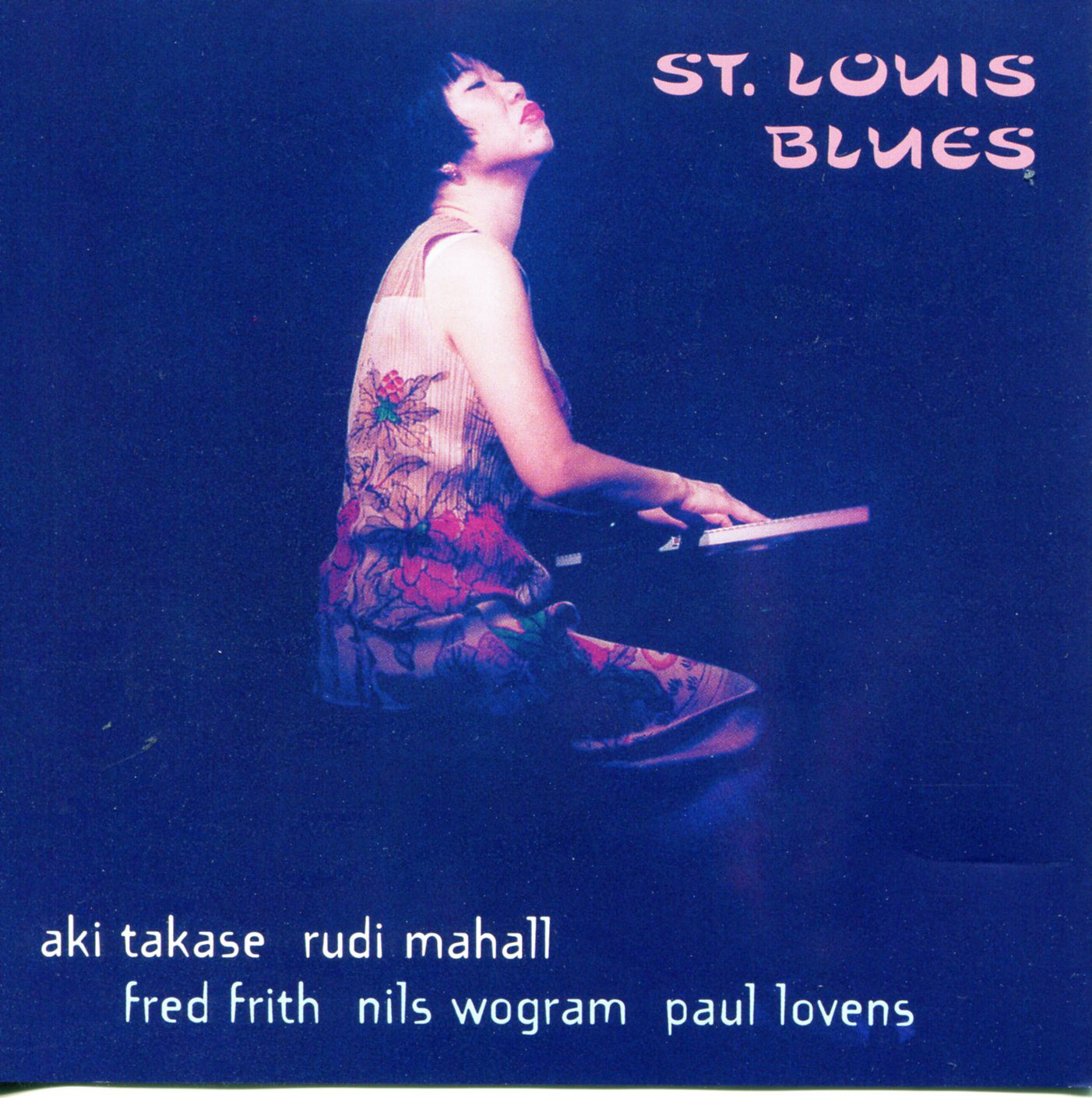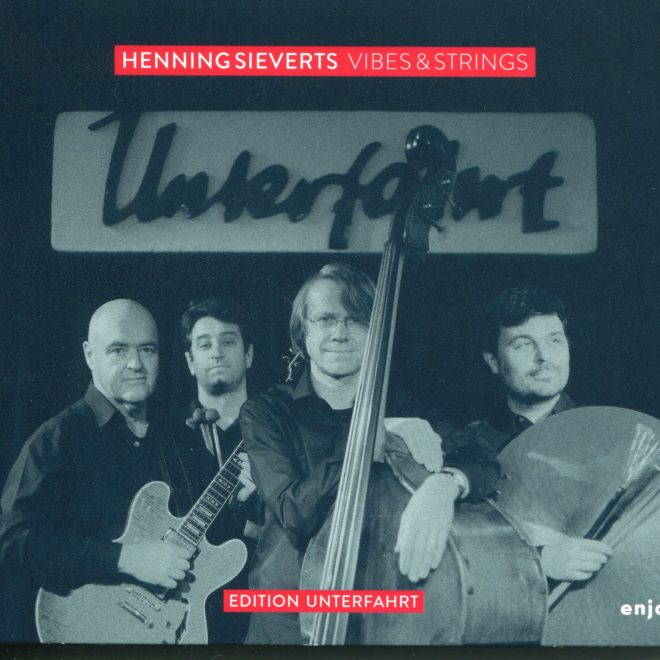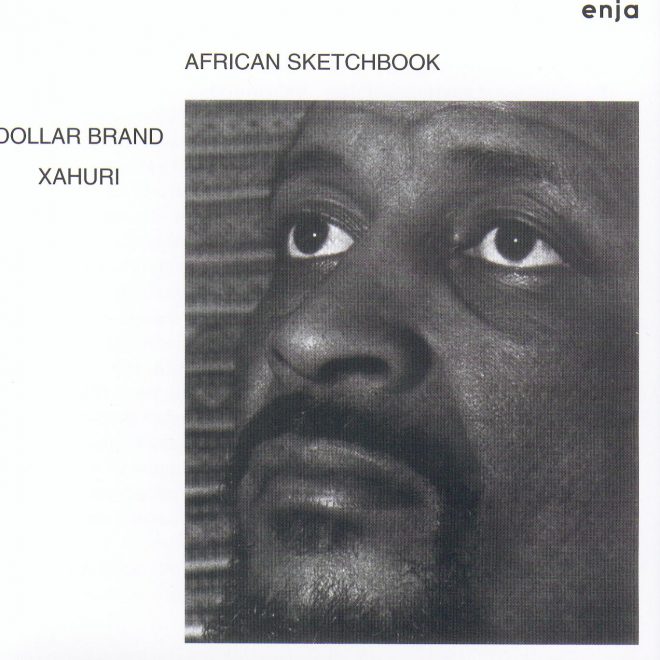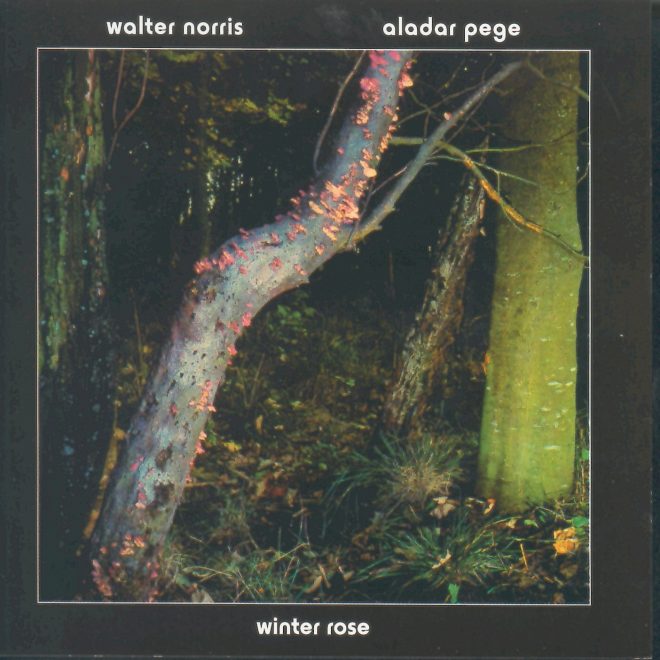Beschreibung
W. C. Handy (1873-1958), the „Father of the Blues,“ wrote more than 70 compositions many of which became evergreens. Never making a secret of his inspirational sources, Handy would frankly explain that he got his compositional ideas from listening to the people in the streets. His most popular tune, „St. Louis Blues,“ was written in 1913 and started Handy’s own publishing house. For this composition Handy got inspiration from several sources, among them a woman in St. Louis who sang the blues while frying fish, a piano player in Memphis and the tango and habanera tunes that were quite fashionable at that time. Like in ragtime, the „St. Louis Blues“ is composed of several parts. There is a 12-bar blues verse („I hate to see the evening sun go down“), a 16-bar section with a Spanish tinge („St. Louis Woman with her diamond rings“), and a 12-bar blues chorus („Got the St. Louis blues, I’m blue as I can be“). Normally this composition is played in the form of AABC. While the three sections can also be combined in other ways, the habanera part (section B), probably a heritance of the Spanish-Creole tradition, is mostly used as a formal hinge within the overall form.
Hans-Jürgen Schaal W. C. Handy (1873-1958), the „Father of the Blues,“ wrote more than 70 compositions many of which became evergreens. Never making a secret of his inspirational sources, Handy would frankly explain that he got his compositional ideas from listening to the people in the streets. His most popular tune, „St. Louis Blues,“ was written in 1913 and started Handy’s own publishing house. For this composition Handy got inspiration from several sources, among them a woman in St. Louis who sang the blues while frying fish, a piano player in Memphis and the tango and habanera tunes that were quite fashionable at that time. Like in ragtime, the „St. Louis Blues“ is composed of several parts. There is a 12-bar blues verse („I hate to see the evening sun go down“), a 16-bar section with a Spanish tinge („St. Louis Woman with her diamond rings“), and a 12-bar blues chorus („Got the St. Louis blues, I’m blue as I can be“). Normally this composition is played in the form of AABC. While the three sections can also be combined in other ways, the habanera part (section B), probably a heritance of the Spanish-Creole tradition, is mostly used as a formal hinge within the overall form.
Hans-Jürgen Schaal W. C. Handy (1873-1958), the „Father of the Blues,“ wrote more than 70 compositions many of which became evergreens. Never making a secret of his inspirational sources, Handy would frankly explain that he got his compositional ideas from listening to the people in the streets. His most popular tune, „St. Louis Blues,“ was written in 1913 and started Handy’s own publishing house. For this composition Handy got inspiration from several sources, among them a woman in St. Louis who sang the blues while frying fish, a piano player in Memphis and the tango and habanera tunes that were quite fashionable at that time. Like in ragtime, the „St. Louis Blues“ is composed of several parts. There is a 12-bar blues verse („I hate to see the evening sun go down“), a 16-bar section with a Spanish tinge („St. Louis Woman with her diamond rings“), and a 12-bar blues chorus („Got the St. Louis blues, I’m blue as I can be“). Normally this composition is played in the form of AABC. While the three sections can also be combined in other ways, the habanera part (section B), probably a heritance of the Spanish-Creole tradition, is mostly used as a formal hinge within the overall form.
Hans-Jürgen Schaal W. C. Handy (1873-1958), the „Father of the Blues,“ wrote more than 70 compositions many of which became evergreens. Never making a secret of his inspirational sources, Handy would frankly explain that he got his compositional ideas from listening to the people in the streets. His most popular tune, „St. Louis Blues,“ was written in 1913 and started Handy’s own publishing house. For this composition Handy got inspiration from several sources, among them a woman in St. Louis who sang the blues while frying fish, a piano player in Memphis and the tango and habanera tunes that were quite fashionable at that time. Like in ragtime, the „St. Louis Blues“ is composed of several parts. There is a 12-bar blues verse („I hate to see the evening sun go down“), a 16-bar section with a Spanish tinge („St. Louis Woman with her diamond rings“), and a 12-bar blues chorus („Got the St. Louis blues, I’m blue as I can be“). Normally this composition is played in the form of AABC. While the three sections can also be combined in other ways, the habanera part (section B), probably a heritance of the Spanish-Creole tradition, is mostly used as a formal hinge within the overall form.
Hans-Jürgen Schaal W. C. Handy (1873-1958), the „Father of the Blues,“ wrote more than 70 compositions many of which became evergreens. Never making a secret of his inspirational sources, Handy would frankly explain that he got his compositional ideas from listening to the people in the streets. His most popular tune, „St. Louis Blues,“ was written in 1913 and started Handy’s own publishing house. For this composition Handy got inspiration from several sources, among them a woman in St. Louis who sang the blues while frying fish, a piano player in Memphis and the tango and habanera tunes that were quite fashionable at that time. Like in ragtime, the „St. Louis Blues“ is composed of several parts. There is a 12-bar blues verse („I hate to see the evening sun go down“), a 16-bar section with a Spanish tinge („St. Louis Woman with her diamond rings“), and a 12-bar blues chorus („Got the St. Louis blues, I’m blue as I can be“). Normally this composition is played in the form of AABC. While the three sections can also be combined in other ways, the habanera part (section B), probably a heritance of the Spanish-Creole tradition, is mostly used as a formal hinge within the overall form.
Hans-Jürgen Schaal W. C. Handy (1873-1958), the „Father of the Blues,“ wrote more than 70 compositions many of which became evergreens. Never making a secret of his inspirational sources, Handy would frankly explain that he got his compositional ideas from listening to the people in the streets. His most popular tune, „St. Louis Blues,“ was written in 1913 and started Handy’s own publishing house. For this composition Handy got inspiration from several sources, among them a woman in St. Louis who sang the blues while frying fish, a piano player in Memphis and the tango and habanera tunes that were quite fashionable at that time. Like in ragtime, the „St. Louis Blues“ is composed of several parts. There is a 12-bar blues verse („I hate to see the evening sun go down“), a 16-bar section with a Spanish tinge („St. Louis Woman with her diamond rings“), and a 12-bar blues chorus („Got the St. Louis blues, I’m blue as I can be“). Normally this composition is played in the form of AABC. While the three sections can also be combined in other ways, the habanera part (section B), probably a heritance of the Spanish-Creole tradition, is mostly used as a formal hinge within the overall form.
Hans-Jürgen Schaal W. C. Handy (1873-1958), the „Father of the Blues,“ wrote more than 70 compositions many of which became evergreens. Never making a secret of his inspirational sources, Handy would frankly explain that he got his compositional ideas from listening to the people in the streets. His most popular tune, „St. Louis Blues,“ was written in 1913 and started Handy’s own publishing house. For this composition Handy got inspiration from several sources, among them a woman in St. Louis who sang the blues while frying fish, a piano player in Memphis and the tango and habanera tunes that were quite fashionable at that time. Like in ragtime, the „St. Louis Blues“ is composed of several parts. There is a 12-bar blues verse („I hate to see the evening sun go down“), a 16-bar section with a Spanish tinge („St. Louis Woman with her diamond rings“), and a 12-bar blues chorus („Got the St. Louis blues, I’m blue as I can be“). Normally this composition is played in the form of AABC. While the three sections can also be combined in other ways, the habanera part (section B), probably a heritance of the Spanish-Creole tradition, is mostly used as a formal hinge within the overall form.
Hans-Jürgen Schaal




